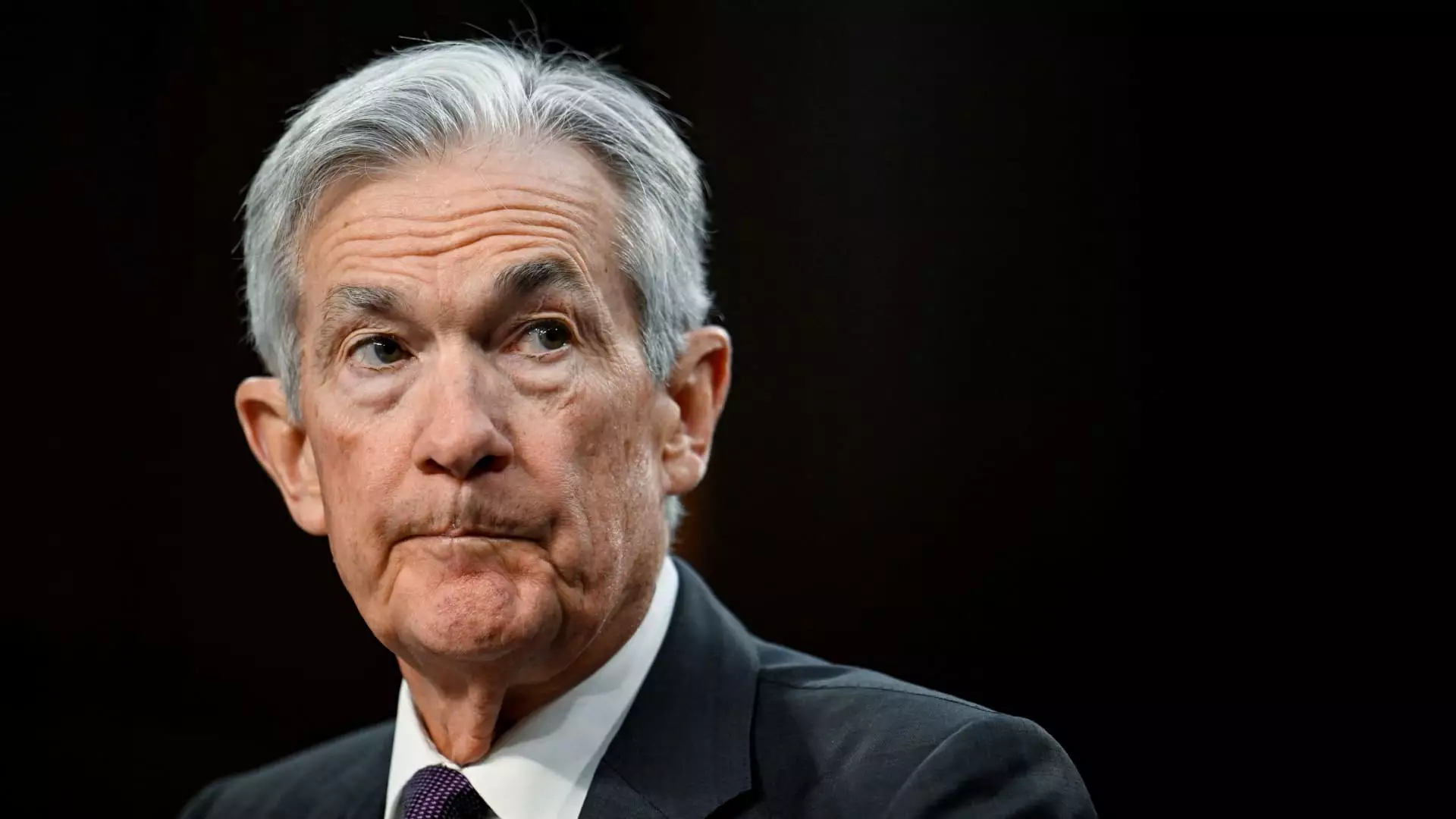As the landscape of national and global economics remains uncertain, Federal Reserve policymakers are confronted with a difficult decision-making environment. While they assert that monetary policy is “well-positioned” to counteract various economic fluctuations, a closer observation reveals that the central bank is more likely stuck in a state of paralysis, hesitantly observing the evolving uncertainties. A multitude of unpredictable factors—such as shifting trade policies, modifications in immigration regulations, and potential changes to fiscal strategies—have created a convoluted backdrop for economic policymaking. Such complexities were articulated by Atlanta Fed President Raphael Bostic, who pointed out the anxiety surrounding potential regulatory modifications while expressing optimism about certain banking perspectives.
Bostic’s reflections come during a period characterized by frequent communications from Federal Reserve officials, often referred to as “Fedspeak.” Governor Jerome Powell and other district presidents have consistently used the language of cautious optimism, framing current policies as capable of adapting to various scenarios. Yet the resurfacing theme of “uncertainty”—perhaps the most significant hindrance to decisive action—casts a long shadow over these optimistic declarations. The latest communications indicate a conscious effort to underpin narratives with caution and humility, particularly in light of external pressures such as President Donald Trump’s expansive trade ambitions.
The prevalence of uncertainty permeates the Federal Reserve’s decision-making framework in two notable dimensions: employment levels and inflation trends. Employment figures have remained relatively stable, but inflation has proved elusive in meeting the Fed’s target of 2%. St. Louis Fed President Alberto Musalem indicates an inclination for caution, noting the upward risks for inflation alongside the potential for a slowdown in economic activity. His comments underscore a critical tension within the Fed: the need for a “modestly restrictive” policy stance while remaining vigilant toward external economic shocks and volatility.
This duality is underscored by the Fed’s own internal discussions, particularly as highlighted in the Federal Open Market Committee’s minutes from their most recent meeting. The minutes reflected an atmosphere filled with caution, emphasizing the need for progress on inflation before any adjustments could sensibly be made to the federal funds rate. As a result, reluctance to impose drastic changes to interest rates prevails, suggesting a desire for a more stable environment before proceeding with significant policy shifts.
Moreover, the Fed’s commitment to monitoring traditional financial indicators is being challenged by increasing anxieties revolving around the stability of the broader financial system. Chief economist Mark Zandi noted risks in the $46.2 trillion U.S. bond market, describing it as “incredibly fragile.” Zandi’s warnings highlight the precarious nature of long-duration debt levels and bank leverage, pointing to the potential for pronounced market sell-offs that could further exacerbate the Fed’s strategic challenges.
Facing these obstacles, markets have begun speculating about potential interest rate reductions by the end of the year, fueled by a longing for softer monetary conditions. However, the reality remains stark: absent substantial improvements in inflation visibility, significant cuts in interest rates appear implausible. As Zandi emphasizes, economic conditions are not conducive to rate cuts until there is more clarity surrounding inflation healing and stability.
Ultimately, the Federal Reserve is treading a fine line amid a tumultuous economic environment. As uncertainties gather momentum, it faces the not-so-simple challenge of balancing responsiveness with caution. The mixed signals from employment data and inflation trends prevent the Fed from making any firm forecasts or policy commitments. Rather than driving decisive change, the prevailing inclination will likely be to maintain a measured stance while waiting for clearer economic signals.
The Federal Reserve’s present course reflects a profound understanding of the complex interdependencies that characterize our current economic landscape. It must navigate deep-rooted uncertainties with a blend of caution, vigilance, and strategic patience, remaining ever-ready to pivot as new information emerges. The future may hold both challenges and opportunities, but the Fed’s commitment to methodical policymaking will be crucial in steering the economy through these unpredictable waters.

